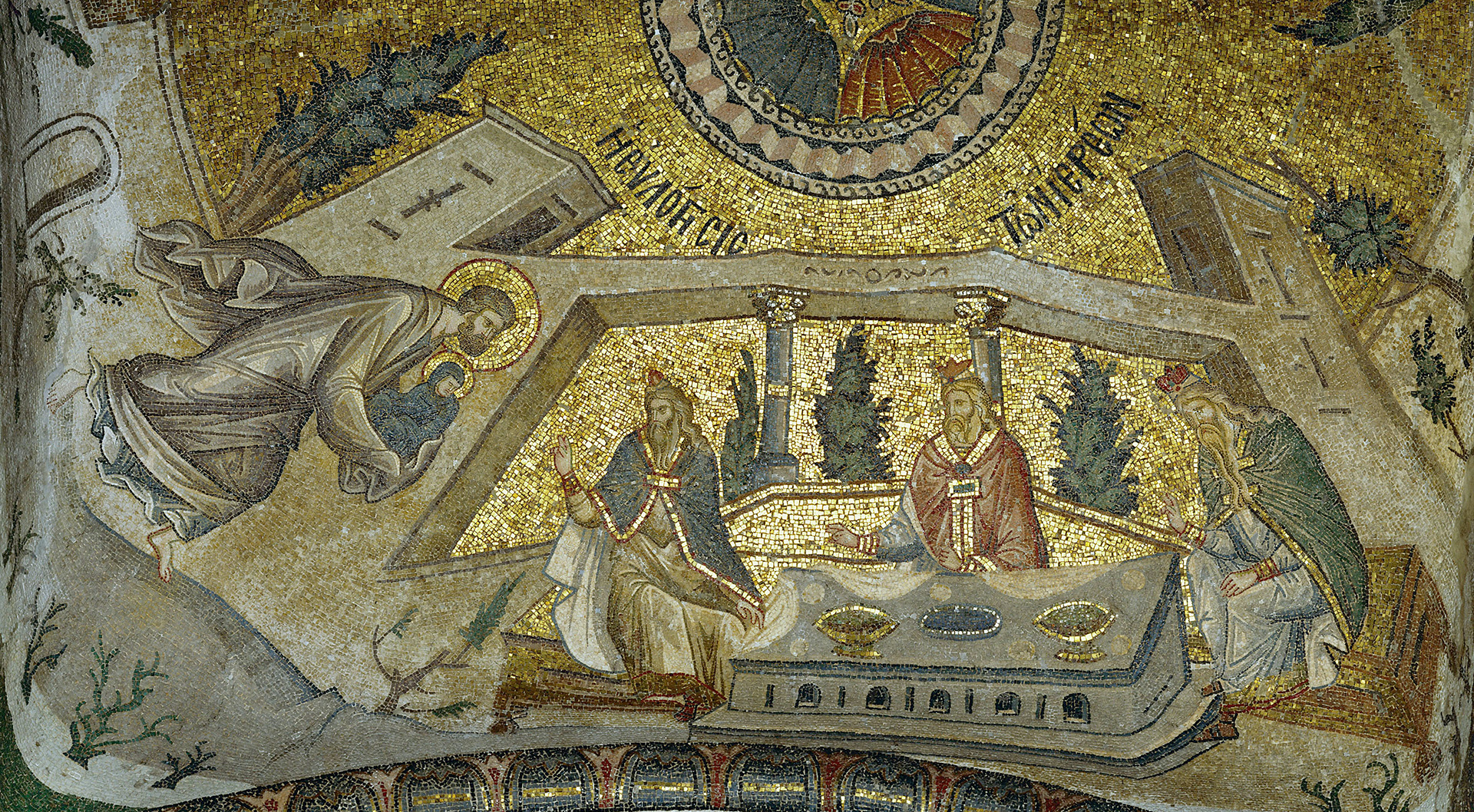
26 Aug Amid Expectancy and Marvel – The Chora Church
Crossing the threshold of the Chora Church means entering into a world of dazzling beauty. Your gaze will spontaneously rise up to contemplate the walls covered in mosaics and frescos. The history of Christian salvation flows in extremely colorful images, solemn and hieratic, rich in humanity and authentic tenderness.
Enveloped in a swirl of arches, cupolas, lunettes, enthralled by the abundance of the golden tesserae of the mosaics, fascinated by the succession of episodes, of figures, of colors, the visitor feels transported into another space.
The iconographic program is comprised of more cycles which enchant but at the same time remain incomprehensible to those who do not know the stories narrated in the apocryphal Gospels and the texts of the liturgical celebrations. This refers to pieces of a theological and artistic design attentively developed, among the most exceptional masterpieces of Byzantine art and architecture…in our opinion the masterpiece of Byzantium as far as concerns mosaic cycles, a marvel in which we have the pleasure of interpreting many scenes.
Whom should we thank for such beauty? Undoubtedly the mosaicists and the iconographers who meticulously gave form to this marvel

